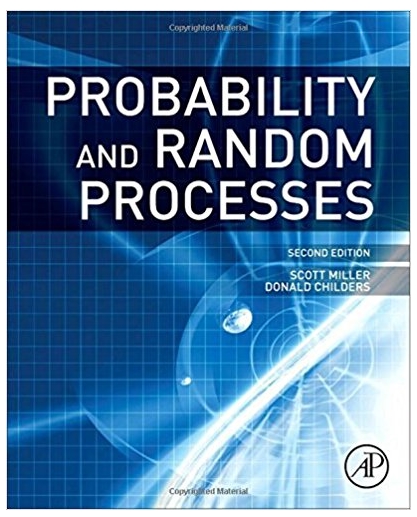Answered step by step
Verified Expert Solution
Question
1 Approved Answer
1. QUESTION 1 Find the indicated critical z value. Find the critical value z/2 that corresponds to a 91% confidence level. 1.34 1.75 1.64 5
1. QUESTION 1 Find the indicated critical z value. Find the critical value z/2 that corresponds to a 91% confidence level. 1.34 1.75 1.64 5 1.70 QUESTION 2 1. Assume that a sample is used to estimate a population proportion p. Find the margin of error E that corresponds to the given statistics and confidence level. Round the margin of error to four decimal places. 99% confidence; n = 5900, x = 1770 0.011 7 0.008 78 0.015 4 0.013 5 1. QUESTION 3 Use the given data to find the minimum sample size required to estimate the population proportion. Margin of error: 0.07; confidence level: 95%; from a prior study, ^ is estimated by the decimal equivalent of 92%. p 58 17 4 51 4 1. QUESTION 4 Solve the problem. Round the point estimate to the nearest thousandth. 32 randomly picked people were asked if they rented or owned their own home, 8 said they rented. Obtain a point estimate of the proportion of home owners. 0.78 1 0.75 0 0.20 0 0.25 0 QUESTION 5 1. Use the given degree of confidence and sample data to construct a confidence interval for the population proportion p. Of 260 employees selected randomly from one company, 18.46% of them commute by carpooling. Construct a 90% confidence interval for the true percentage of all employees of the company who carpool. 13.7% < p < 23.2% 12.9% < p < 24.1% 12.3% < p < 24.7% 14.5% < p < 22.4% 1. QUESTION 6 Do one of the following, as appropriate: (a) Find the critical value z/2, (b) find the critical value t/2, (c) state that neither the normal nor the t distribution applies. 90%; n = 10; is unknown; population appears to be normally distributed. t/2 = 1.833 t/2 = 1.812 z/2 = 1.383 z/2 = 2.262 1. QUESTION 7 Use the given information to find the minimum sample size required to estimate an unknown population mean . Margin of error: $126, confidence level: 99%, = $512 56 11 0 63 45 QUESTION 8 ^ P- P Find the value of the test statistic z using z = pq . n The claim is that the proportion of accidental deaths of the elderly attributable to residential falls is more than 0.10, and the sample statistics include n= 800 deaths of the elderly with 15% of them attributable to residential falls. 3.9 6 4.7 1 3.9 6 4.7 1 QUESTION 9 Express the null hypothesis and the alternative hypothesis in symbolic form. Use the correct symbol (, p, ) for the indicated parameter. An entomologist writes an article in a scientific journal which claims that fewer than 16 in ten thousand male fireflies are unable to produce light due to a genetic mutation. Use the parameter p, the true proportion of fireflies unable to produce light. H0: p > 0.0016 H1: p 0.0016 H0: p < 0.0016 H1: p 0.0016 H0: p = 0.0016 H1: p < 0.0016 H0: p = 0.0016 H1: p > 0.0016 QUESTION 10 1. Formulate the indicated conclusion in nontechnical terms. Be sure to address the original claim. A skeptical paranormal researcher claims that the proportion of Americans that have seen a UFO, p, is less than 2 in every ten thousand. Assuming that a hypothesis test of the claim has been conducted and that the conclusion is failure to reject the null hypothesis, state the conclusion in nontechnical terms. There is not sufficient evidence to support the claim that the true proportion is less than 2 in ten thousand. There is sufficient evidence to support the claim that the true proportion is greater than 2 in ten thousand. There is sufficient evidence to support the claim that the true proportion is less than 2 in ten thousand. There is not sufficient evidence to support the claim that the true proportion is greater than 2 in ten thousand
Step by Step Solution
There are 3 Steps involved in it
Step: 1

Get Instant Access to Expert-Tailored Solutions
See step-by-step solutions with expert insights and AI powered tools for academic success
Step: 2

Step: 3

Ace Your Homework with AI
Get the answers you need in no time with our AI-driven, step-by-step assistance
Get Started


